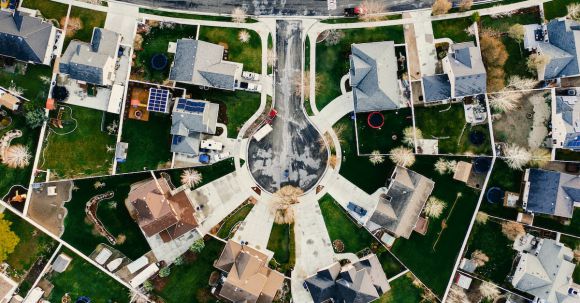When it comes to finding the perfect place to live, it’s important to consider not only the individual house or apartment but also the neighborhood and community in which it is located. The neighborhood you choose can greatly impact your quality of life, so it’s essential to do your research and consider your needs and preferences before making a decision. In this ultimate guide to neighborhoods and communities, we will explore the key factors to consider when choosing a neighborhood, the benefits of living in a community, and some tips for finding the right fit for you.
Key Factors to Consider
When choosing a neighborhood, there are several key factors to consider. These include:
1. Location: The location of a neighborhood is one of the most important factors to consider. Is it close to your workplace, schools, and amenities? Is it in a safe and well-connected area? Think about your daily commute and the convenience of nearby amenities.
2. Safety: Safety is a top priority for most people when choosing a neighborhood. Research crime rates and speak with residents to get a sense of the safety of a particular area.
3. Schools: If you have children or are planning to start a family, the quality of schools in the area is crucial. Look into the local school district and consider the proximity and reputation of nearby schools.
4. Amenities: Consider the amenities that are important to you, such as grocery stores, parks, restaurants, and entertainment options. Make sure the neighborhood has the amenities that align with your lifestyle and preferences.
The Benefits of Living in a Community
Living in a community offers several benefits that can greatly enhance your quality of life. These include:
1. Sense of Belonging: Being part of a community provides a sense of belonging and connection with others. It offers opportunities to make new friends, participate in community events, and build a support network.
2. Shared Resources: Communities often have shared resources such as parks, community centers, and libraries. These resources can provide opportunities for recreation, learning, and socializing.
3. Safety and Security: Communities tend to have a stronger sense of security. Neighbors look out for each other, and there is often a sense of collective responsibility for maintaining a safe and secure environment.
Tips for Finding the Right Fit
Finding the right neighborhood and community for you can be a daunting task. Here are some tips to help you make the best decision:
1. Research and Visit: Take the time to research different neighborhoods and visit them in person. Walk around, talk to residents, and get a feel for the vibe of the area. Pay attention to the cleanliness, maintenance, and overall atmosphere.
2. Talk to Locals: Engage in conversations with locals to gain insights into the neighborhood’s strengths and weaknesses. Ask about their experiences living there and any concerns they may have.
3. Consider Your Lifestyle: Think about your lifestyle and what you value in a neighborhood. Are you looking for a quiet suburban area or a bustling urban environment? Consider factors such as proximity to work, access to outdoor spaces, and the availability of cultural and recreational activities.
4. Trust Your Gut: Ultimately, trust your instincts. If a neighborhood feels right to you, it likely is. Listen to your intuition and choose a neighborhood that aligns with your values and preferences.
In conclusion, choosing the right neighborhood and community is essential for a happy and fulfilling life. By considering key factors, understanding the benefits of living in a community, and following some helpful tips, you can find the perfect place to call home. Remember, it’s not just about the house or apartment; it’s about the neighborhood and community that surround it.





